By Jake Howell jake.howell@utoronto.ca
Eight Sundance Standouts
At a festival that prides in programming new faces – and with so many movies demanding to be discovered – it’s hard to know what will rise to the Sundance surface. Well, sort of: with the festival awards behind us, we do know the big US Dramatic winner Me and Earl and the Dying Girl, a ticket too hot for me to find a seat for, will find lots of success in the coming months. Outside of that, though, here are eight films you should see (in addition to my rave reviews of The Witch, Slow West, and The Wolfpack) as they embark on their post-Park City trajectory:
3 1/2 Minutes

It’s not the first documentary to critically examine Florida’s problematic “Stand Your Ground” law (and sadly, it won’t be the last), but Marc Silver’s very fine 3 1/2 Minutes is a calm and collected case study of The State vs. Michael Dunn, the man who shot and killed teenager Jordan Davis out of “self-defence.” From Trayvon Martin to Michael Brown to Jordan Davis, the film speaks not just to the lamentable trials that devolve into the defendant’s word against a dead man’s, but also to the larger cancer of racism and racial profiling. Silver shows us Dunn claiming before a jury he isn’t a racist, and for contrast we hear audio tapes of Dunn talking about how Davis and his articulate friends were “thugs.” Sad, sober, and patient, the film walks us through just how easily owning a gun, harbouring racist thoughts, and debatable self-defence laws can equate into the death of an unarmed teen.
The Diary of a Teenage Girl
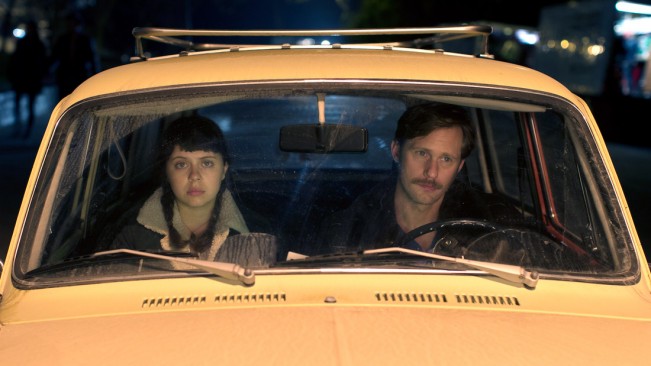
Newcomer Marielle Heller’s film is a delicate and invigorating adaptation of the Phoebe Gloeckner graphic novel of the same name, a story about a young girl’s sexual awakening in the hazy, drug-fuelled days of 1970s San Francisco. It is also the heralding of Bel Powley, the fantastic lead actress who champions the titular role across from Alexander Skarsgård and Kristen Wiig. Photographed with a luminous bloom evocative of the time and peppered with creatively humorous animations (both on top of live-action and entire sequences), The Diary of a Teenage Girl excels with its terrific performances, mature portrayal of its central themes, and a noticeably strong directorial voice from Heller.
Tangerine
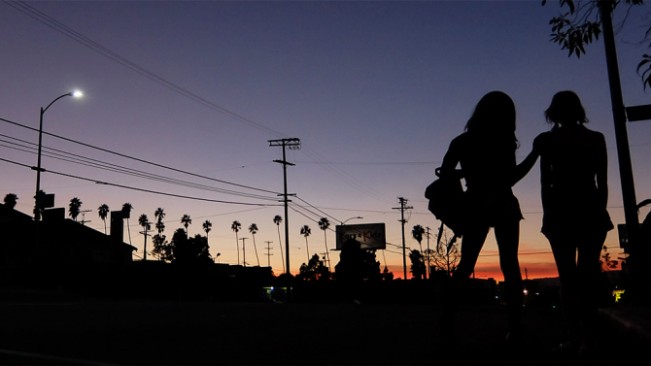
Tangerine is the kind of movie you simply have to see at an event like Sundance, but what’s nice is that even outside of this festival, it’s still a news story. Shot entirely on iPhones tricked out with custom anamorphic lenses, Sean Baker’s florid, vibrant Los Angeles is the perfect setting for this picaresque trans* narrative that is as old as Shakespeare yet newer than Urban Dictionary. With the color contrast pushed out to the limit and an overall orange hue most commonly associated with the Kelvin filter on Instagram, this is a movie about flux: gender norms are shifting, sex work is changing, and a city associated with industry-standard moviemaking is here photographed through a transitioning medium that is contextually perfect.
Station to Station
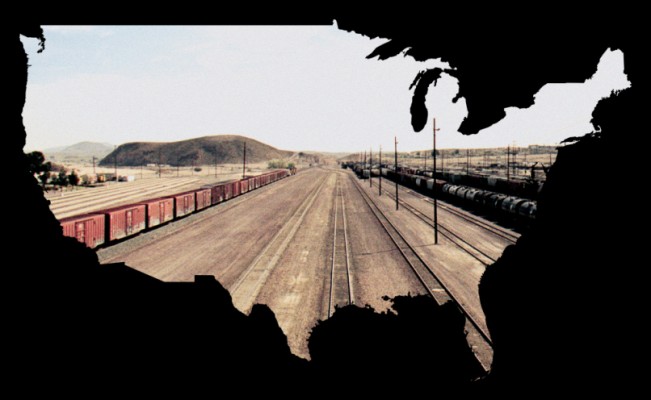
Doug Aitken’s love train is something to behold – and to be supremely jealous of, when it comes to adventure odysseys you wish you were involved with. Rolling cameras on a locomotive charging east-to-west for 24 days, Station to Station is comprised of 61 one-minute short films that exude the very best of the independent spirit. Art and music and humanity come together here for a film that is utterly rock-and-roll, with talent known and unknown sharing the same artistic plane (train). Aitken wisely spreads the real estate and evenly distributes the screen time, guaranteeing us something new and stimulating every minute. The result? A new media concert-film you’ve never seen before.
Stockholm, Pennsylvania
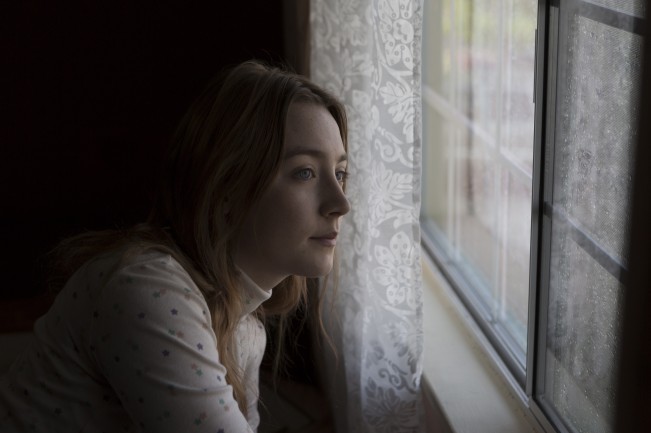
I have a lot of respect for this movie and to its writer/director Nikole Beckwith, a filmmaker that promises to continue taking risks further into her career. A story about a young woman (Saoirse Ronan) readjusting to life after finally being liberated from her lifelong kidnapper, Stockholm, Pennsylvania feels like two films; when the premise of the second half comes into view, many people will reject it outright. But it’s this kind of attempt to try something new that I find really exciting about both Sundance and Beckwith’s daring script, and the film’s closing shot – a dramatically dark twist that is a nightmare to consider – has stuck with me since leaving the festival, which is always indicative of something striking a chord. Whether it works for you as a narrative – there’s an undertone that feels akin to the domestic grossness of Gone Girl – is secondary at a certain point; what’s more, Ronan’s exquisite performance is worthy of your attention, regardless of the critical reviews misguidedly dumping on this film.
Most Likely To Succeed

There are a lot of stressful documentaries coming out from Sundance underlining the grave errors the Western World has committed to, and while Greg Whiteley’s Most Likely To Succeed depicts the outdated practices of the public school system in a 3.0 world, it’s ultimately a positive message. The film opens with how even Jeopardy! legend Ken Jennings’ job of game-show whiz can been replaced by a computer, which is a tongue-in-cheek way of broaching the truth: that schools are still teaching kids rote memorization and regurgitation, two skills that will prepare them for jobs Wikipedia and robots are far better at. Who will we hire if this continues? Highlighting in particular High Tech High, a San Diego high school that has been experimenting with Socratic forum and a focus towards hands-on technological praxis, Whiteley captures an inspiring solution: when teachers give youth more agency in their education, it leads to the kind of innovation and character-building confidence skills that are essential for success in a post-internet job market. A thoughtful consideration, and with lots of heart.
Racing Extinction
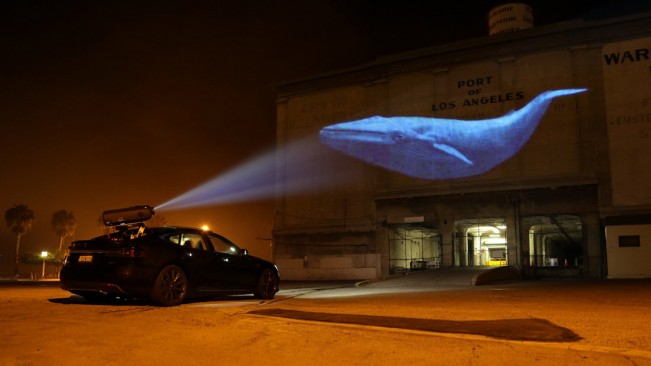
In this follow-up to his enraging Sundance-winning documentary The Cove, Louie Psihoyos’ equally damning Racing Extinction hits with a terrifying introduction: there have been five mass extinction events throughout the history of our planet, and between outrageous industrial carbon footprints, over-hunted endangered species, and our simply unsustainable diets, we are on a fatal course towards a sixth. Like The Cove, this film is a rabble-rouser, and Psihoyos uses his lens and the fluid power of cinema to try and change attitudes and policies alike. Sneaking hidden cameras into illegal food markets and projecting eye-opening images onto buildings are just two ways Psihoyos plays with documentary to convey his messages; the film in its entirety is an A+ (and transparent) look at the crises facing life on Earth, and what we can do to prevent them.
Take Me To The River
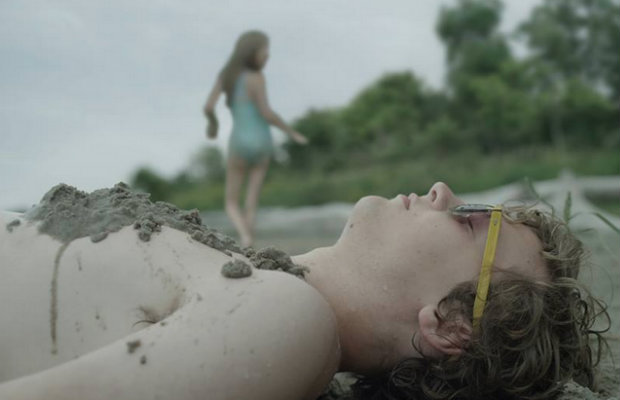
Matt Sobel’s nuanced and sublimely photographed debut, Take Me To The River is a finely crafted and ambiguous film that rejects conventional definition. Ryder (Logan Miller)’s experience at this backcountry Nebraska-set family reunion is a bizarre and unsettling one; when he is blindly accused of sexually abusing his cousin Molly (Ursula Parker), her father’s unexpected reaction opens our imagination to a world of unsettling possibilities and dark truths. To note: break-out performer Logan Miller’s complex facial expressions speak to his acting as he navigates supremely tense family dynamics; Ursula Parker, already perfection on “Louie,” is going to be something special in ten years. Writer-director Sobel is a talent to watch, and we would be so lucky if every film was as visually engaging and thematically challenging as this one.













